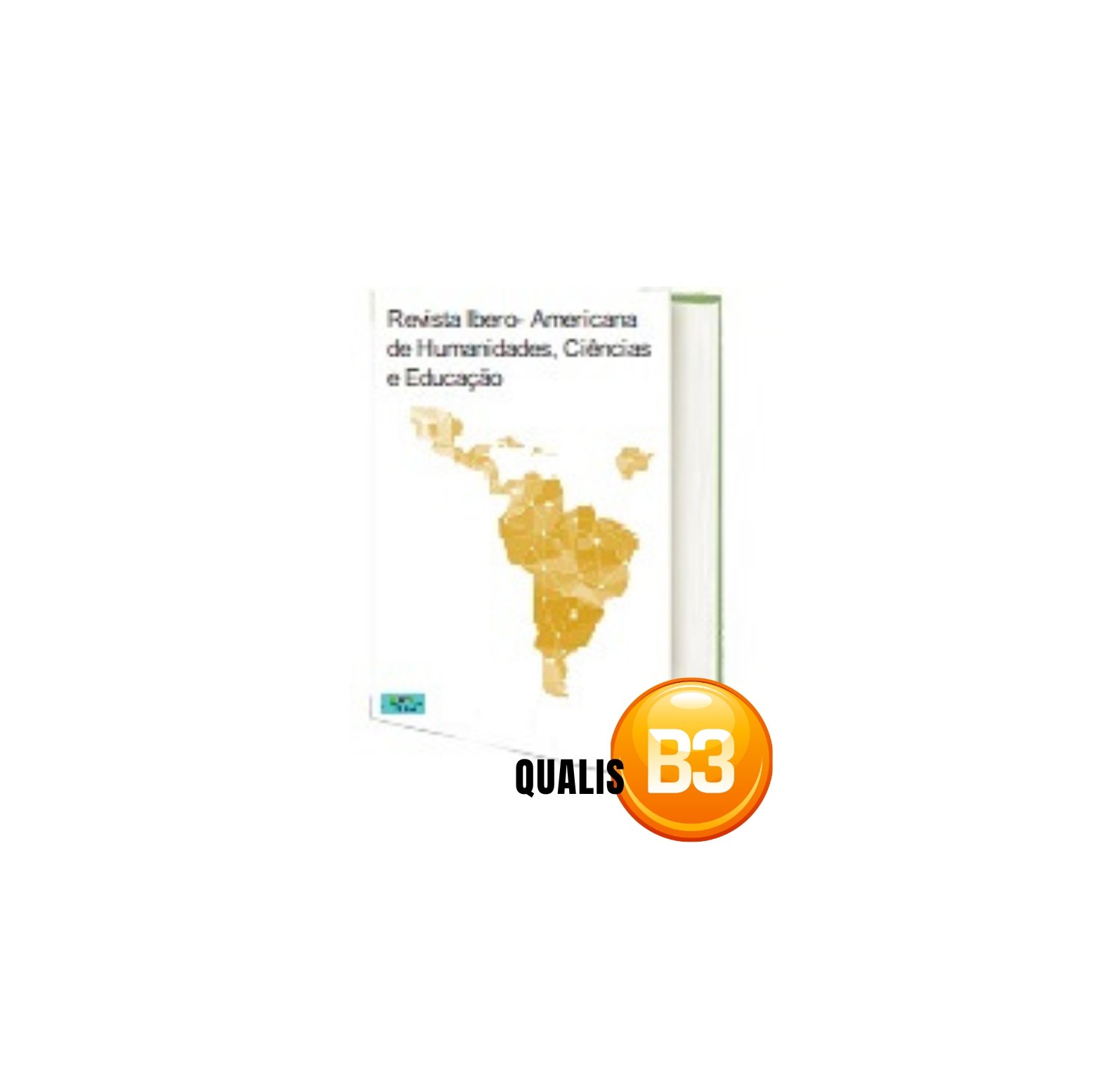BACUPARI AS A HYPOGLYCEMIATING MEDICINAL PLANT: FORMS OF USE AND THERAPEUTIC PROPERTIES
DOI:
https://doi.org/10.51891/rease.v9i2.8520Keywords:
Salacia/Bacupari. Therapeutics Use. Diabetes. Cholesterol.Abstract
Diabetes is a chronic metabolic disease of multiple origins, with a high rate of cases, which makes it a major health problem worldwide. The use of alternative therapeutic treatment using medicinal plants has become a viable option in the prevention of the initial stage of the disease. There are many reports in the literature of the use of Salacia extract to reduce high glycemic levels. In order to better understand what has been published about the medicinal use of bacupari, mainly it is used as a hypoglycemic agent. This work intends to carry out a scientometric analysis, describing quantitative aspects about the scientific production of the use of bacupari as a medicinal plant, and its forms of use and therapeutic properties. Data were obtained by PUMED and after collecting these data resulted in a total of 221 publications for the descriptive analysis of the use of salacia/bacupari, with 110 publications on therapeutic use of which 47 analyzed the hypoglycemic therapeutic use. It is concluded that salacia/bacupari is effective in cases of hyperglycemia, as it has phyto-actives in its roots, stems and leaves that act to reduce blood glucose by inhibiting alpha-glucosidase.
Downloads
Downloads
Published
How to Cite
Issue
Section
Categories
License
Atribuição CC BY

